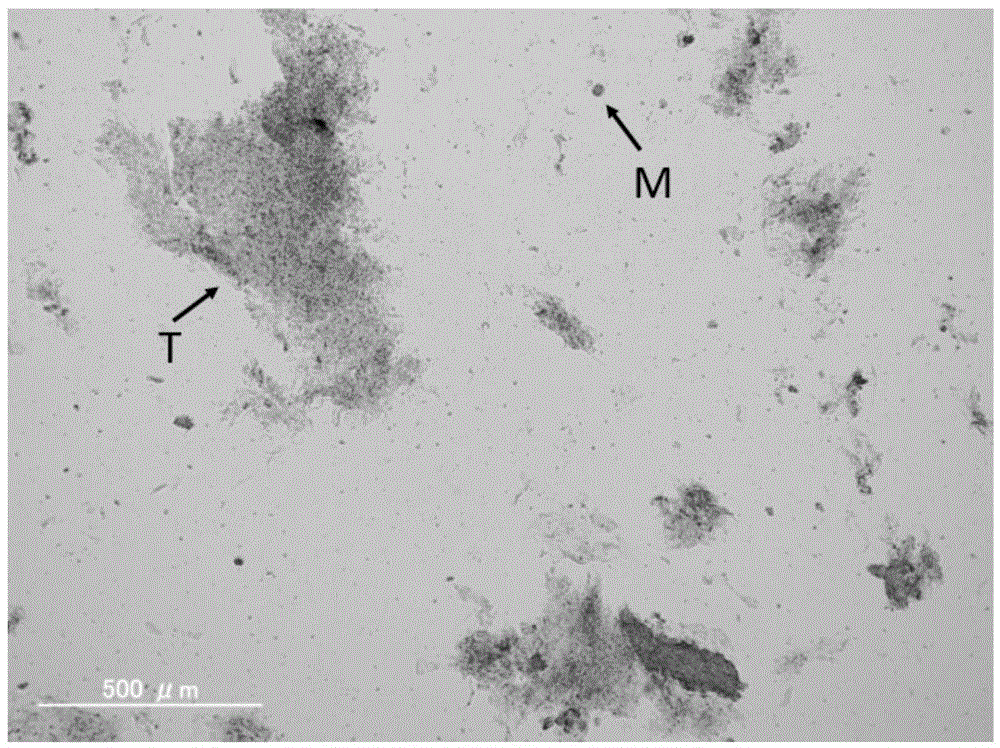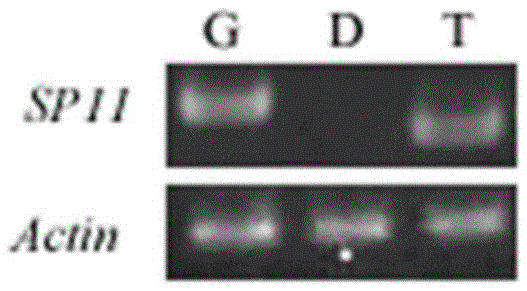Method for separating and purifying plant tapetum tissue
A technology for separation and purification, tapetum, which is applied in the fields of developmental biology and cell biology, can solve unseen problems, and achieve the effects of simple operation, high purity and short time consumption.
- Summary
- Abstract
- Description
- Claims
- Application Information
AI Technical Summary
Problems solved by technology
Method used
Image
Examples
Embodiment Construction
[0022] Isolation of plant tapetum tissue is one of the necessary prerequisites for studying the specific expression and regulation of genes related to microspore development, pollen and stigma recognition in the tapetum. By applying the method of the present invention, we have obtained a sufficient amount of plant tapetum tissue with less impurities, laying the foundation for carrying out related research. The establishment of our related methods also fills in related gaps.
PUM
 Login to View More
Login to View More Abstract
Description
Claims
Application Information
 Login to View More
Login to View More - R&D
- Intellectual Property
- Life Sciences
- Materials
- Tech Scout
- Unparalleled Data Quality
- Higher Quality Content
- 60% Fewer Hallucinations
Browse by: Latest US Patents, China's latest patents, Technical Efficacy Thesaurus, Application Domain, Technology Topic, Popular Technical Reports.
© 2025 PatSnap. All rights reserved.Legal|Privacy policy|Modern Slavery Act Transparency Statement|Sitemap|About US| Contact US: help@patsnap.com



